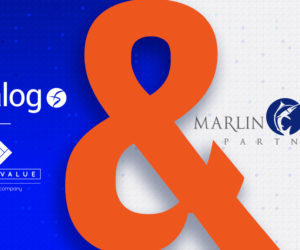Following the E-Commerce trade show I recently attended in Paris, I could get an overview of mobile practices related to e-commerce. It is all about context and simplicity.Let us recall the context in which we use our mobiles phones.We use our mobile phones in all situations and generally while we’re doing something else such as queuing, drinking coffee, eating in a restaurant, shopping (for instance, to check the ingredients for a recipe), attending a particularly boring meeting, in restrooms, etc.In a nutshell, wherever we need to kill 2 minutes of our time. And here is what we do during these 2 minutes: we check our e-mails, our social networks, we surf the Internet and we play.In order to remain in this instant context (2 minutes), the more direct and intuitive the ‘apps’ (mobile applications) are, the more we use them.And yet, the act of buying is serious and composed: it is about money and, in general, the amounts are not small!Unlike online (web) and in-store shopping, most of the mobile phone shopping is related to immediate consumption: logos, ring tones, game apps, etc. Everything with “transparent” prices such as 0,79€ or below 5€.How could we associate the serious composed act of buying with the instant use of mobile phones?We would have to fill useless time (queue) and to preserve a sense of emergency (immediate). There are various means to achieve this: geolocation for contextualizing the content (narrowing the choices/catalog), proposing the right promotion or the good deal related to it (and specifying it), as well as simplifying the payment methods (e.g. just one “click” away thanks to bank detail memorization). Good back office is a must for an e-commerce application to be efficient.Therefore, creating a good application (in my opinion) requires the following:- validating the use context to allow the development of the most appropriate storyboard: for “dull” times (queue), social engagements, in a shop, etc.- establishing the advantages the client/mobile phone user gets from this application: better product information, reminder, cost savings, comfort or entertainment, pleasure/user friendliness, etc.A few specific examples:Let’s mention several companies whose revenue generated by mobile phones is on the rise: Ventes privées, with 7% of its revenue coming from mobile phones; Voyages-SNCF, with 3%, E-bay, with 1.5% of which 60% are additional sales (where the last bid has been made via mobile phone).And here are several examples of specialized mobile applications:- Starbucks Café: you can order your coffee with your mobile phone while queuing (use of geolocation), you can even pay/validate before you get to the cash register if you are registered with this store.- Leclerc: you can compare the price of a product with the Leclerc price via its barcode (using the smart phone camera).- Castorama: by taking a picture of a product in the Castorama catalog, you could check its availability and the opening hours of the nearest store.










